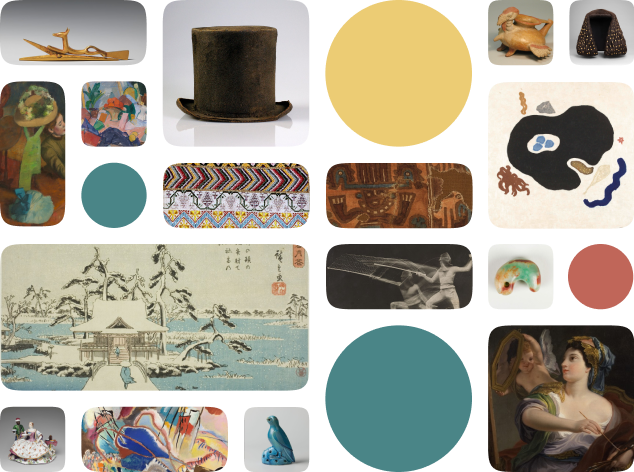De dissectione partium corporis humani libri tres
Creator Name
Cultural Context
Date
Source
About the Work
French anatomist and physician Charles Estienne collaborated with several artists to create this seminal anatomical text. This book was a crucial contribution to the field of anatomy during a period when the study of the human body was becoming more empirical and systematic. Estienne's work expanded upon previous anatomical studies, particularly that of Andreas Vesalius, his contemporary, and helped establish a foundation for modern anatomical science.
Estienne contributed to the discovery of the spinal cavity and the anatomy of the sternum. Not much is known about the illustrations in this book, as only eleven of the sixty-two woodcut plates bear markings.
Estienne contributed to the discovery of the spinal cavity and the anatomy of the sternum. Not much is known about the illustrations in this book, as only eleven of the sixty-two woodcut plates bear markings.
Metropolitan Museum of Art Object Description
Book
Work details
"--" = no data available
Title
Creator
Worktype
Cultural Context
Material
Dimensions
Technique
--
Language
Date
Provenance
Style Period
--
Rights
Inscription
--
Location
Source
Subjects
Topic
--
Curationist Contributors
Related Content
All Works in Curationist’s archives can be reproduced and used freely. How to attribute this Work:
Charles Estienne, De dissectione partium corporis humani libri tres, 1545. Metropolitan Museum of Art. Images of flayed and dissected anatomical figures are juxtaposed with grand backgrounds and lifelike poses. Public Domain.
Help us improve this content!
Let our archivists know if you have something to add.
Save this work.
Start an account to add this work to your personal curated collection.
